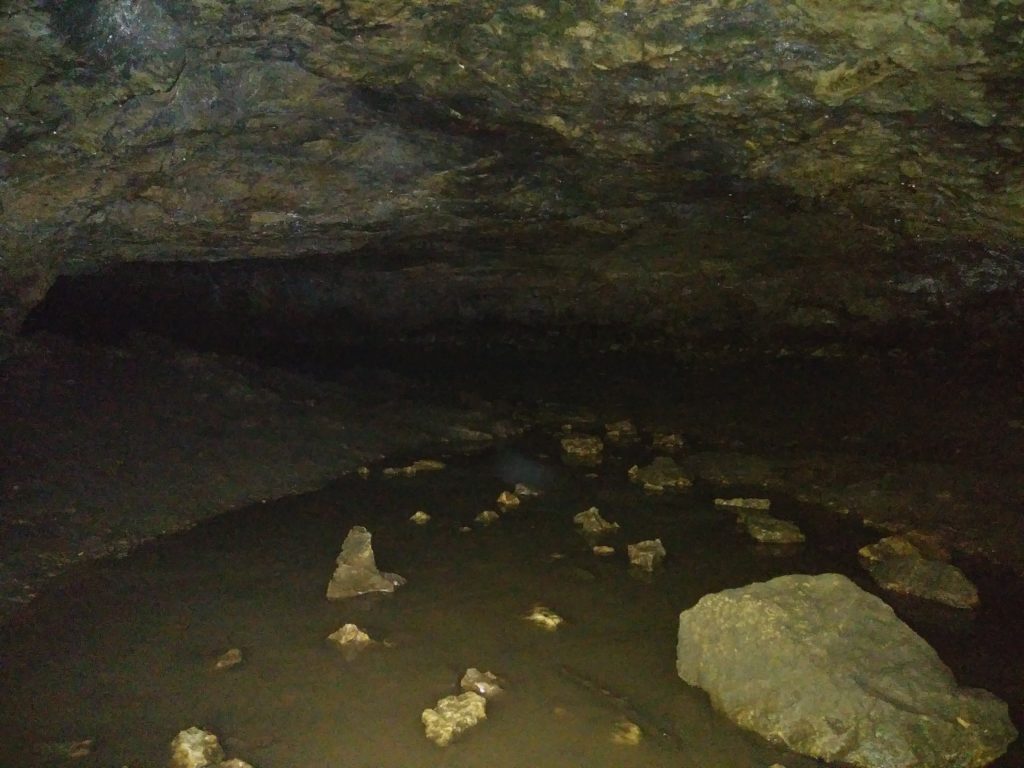Part 3 of The Constellations has arrived! Read it here.

This installment is inspired by the constellation Apus, commonly called the Bird of Paradise. It’s about Alexandre du Chêne, who lives in exile at Château Abois after the Revolution unseated his family from the throne, and the bird of paradise he keeps there with him.
The constellation itself is not terribly remarkable, speaking in terms of striking shape or bright stars. It’s another denizen of the skies of the southern hemisphere, within 20° of the south celestial pole. It’s a circumpolar constellation.
It appeared in a star atlas in 1603, when German dude Johann Bayer listed it in his Uranometria; various Dutch sources predate this by a few years, especially Petrus Plancius.
One would think that apus translates to “bird of paradise,” right? At least “bird”? “Paradise,” maybe?
Well, apparently not. The etymology is actually that apus comes from apous, which in the ancient Greek means “footless.”
Footless.
Well, where the blooming hell did that go wrong?
Bayer and the Dutch folks called the constellation the Bird of Paradise (De Paradijs Voghel, Paradysvogel Apis Indica, etc.). So Plancius seems to have made the original typo. An apis is a bee in Latin. They meant avis, a bird.
Then, someone who couldn’t spell times two called it Apus Indica, and there followed a whole mess of confusion about birds who appear to have no feet… and, according to one of my sources, the Indian practice of cutting off a bird’s feet before giving it as a gift.
Is that a living gift bird we’re referring to? Apparently Magellan brought home specimens with no feet or wings, so I dearly hope this is a dead, stuffed bird we’re talking about, here.
The constellation Apus did not lose its feet, but it did lose its tail, which was chopped off in the 1750s by Lacaille to form the constellation Octans.
You lot are right lucky I didn’t make this a story about dismemberment. Much.
The actual birds of paradise come from the South Pacific (there is nothing you can name that is anything like a… bird). They’re lovely and come in all kinds of flashy colors. For the purposes of this story, we’re talking about the blue-green ones.
Allegedly, for a while folks thought these pretty birdies might be phoenixes. They still would’ve needed footses and wingses and tailses if they were phoenixes. Just saying.